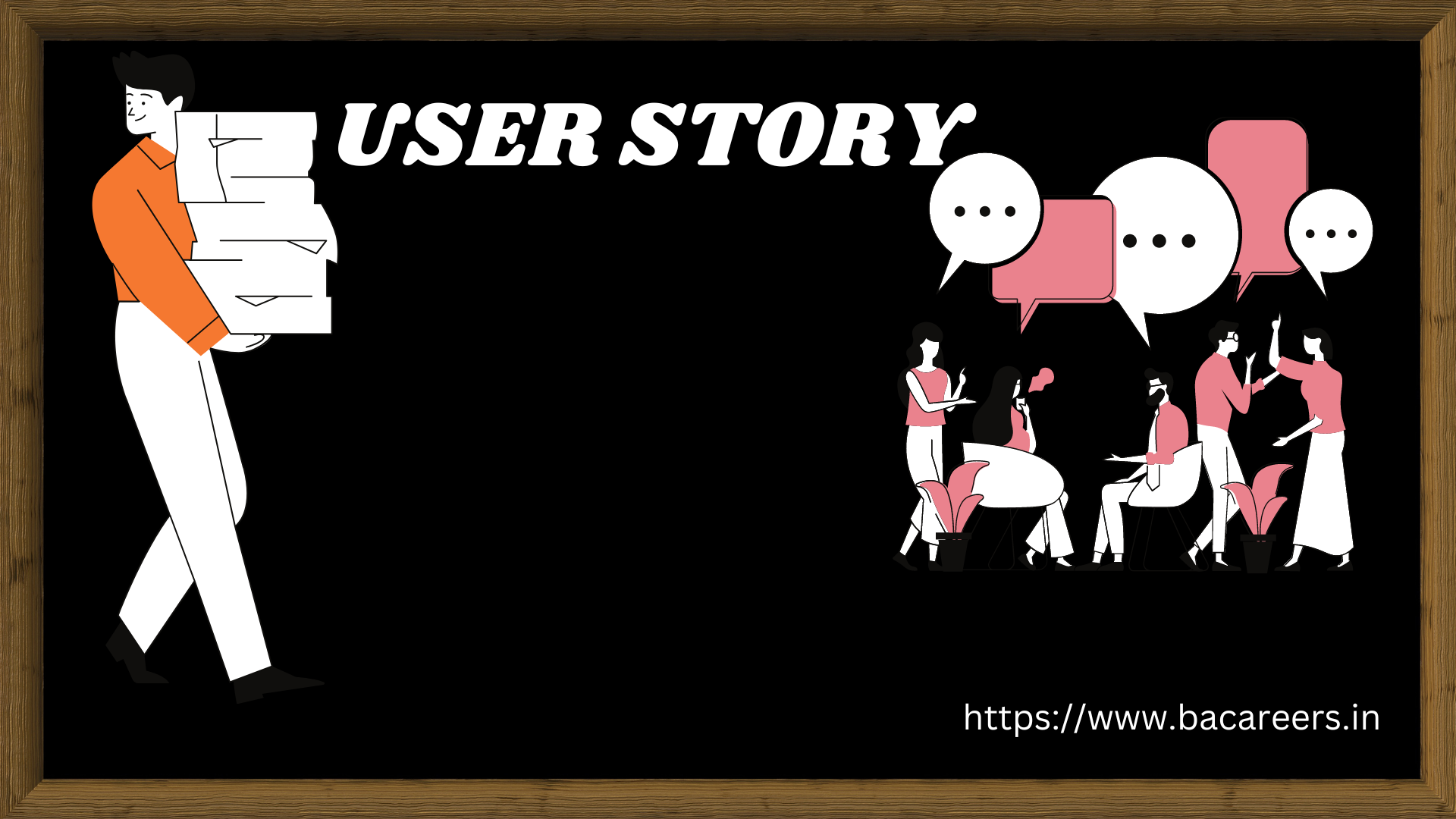The Basics of User Stories
User Story : User stories are a great way to prototype or test ideas before fully developing them. They are also an effective way to communicate your product to other stakeholders and to directly involve customers in the product development process. When writing user stories, you should keep the following key points in mind:
Crafting user stories is a key component for successful product development. When done effectively, user stories provide a structured way to capture customer requirements and project progress, resulting in better products that are more satisfied with customers. In this guide, we’ll discuss the steps needed to create an effective user story.
1. User Story Structure
user stories should have a clear structure that preserves focus on what users need to do and not on how they are doing it. This structure helps users understand the product from a user perspective and keeps them engaged throughout the story arc. After taking the time to write good user stories, it is easy to break this important structure by presenting too much information at once or trying to fill in details that are not necessary for the story.
2. Concisely Communicate What Users Need
When creating a user story, it is important to succinctly articulate what users need in order to achieve the goal of the story. Users should know exactly what they need to do in order to complete the task at hand. This allows you to get feedback early on while still preserving user confidentiality.
3. Involve Customers Early In The Process
Frequent customer feedback is essential for maintaining a high quality product and ensuring that your users understand and enjoy your product. Involving customers as early as possible in the development process will ensure that you get feedback that is relevant and actionable. WithEOntality’s customer success engineering platform makes it easy for you to collect customer feedback during various stages of product development.
4. Why use user story?
User stories are an excellent way to get feedback from your users during development. They help you gather specific information about how people are using your product or service. This information can help you make improvements in your product or service before it even goes live. User stories also help you build a rapport with your users and learn what they like and don’t like about your product.
5. How should you structure a user story ?
The structure of a user story should be easy to follow. Every step in the story should have a specific objective, and all requirements should be spelled out clearly. The steps in the story should also be sequential, so that you can track progress as the project progresses. Finally, each step in the story should include specified details about what the user requires in order to solve the problem.
Understand the Goal of User Story.
Before getting into the specifics of writing effective user stories, it’s important to understand why they are created. User stories provide your development team with an understanding of what they are working towards and why, as well as an accurate picture of customer needs. Understanding the goal behind user stories will help you write ones that effectively capture customer requirements.
Use an Agile Methodology to Break Down Problems.
The goal of user stories is to break down customer problems into small, actionable tasks. To do this, use an agile methodology that focuses on iterative, user-centered solutions. This can help you identify individual user tasks, prioritize them according to their value and importance, and construct stories that are meaningful and useful to your development team.
Write Clear and Concise User Story with Well-Defined Actions.
While writing user stories, it helps to specify the action that users should complete. This includes specifying what they will achieve by performing the action and how they will interact with the product’s feature. Well-defined user stories make it much easier for developers and designers to understand what customers are trying to accomplish. They also help create a strong connection between customer problems and solutions, allowing teams to quickly develop strategic solutions for product features.
Create Prioritized User Story That are Time-Stamped and Measurable.
To ensure user stories meet customer needs, prioritize them based on the amount of value they provide. When prioritizing stories, be sure to consider impact, complexity, and duration. By time-stamping user stories and tracking progress with measurable milestones, you can quickly determine which stories have been completed and what remains to be done. This enables your team to allocate resources more efficiently and avoid unnecessary re-work down the road.
Concentrate on Benefits Instead of Features in User Story.
A good user story focuses on the benefits that the product provides to customers rather than its features. For example, instead of writing a story about the ‘ability to add items to a shopping cart’, focus on how this feature affects a customer and communicates how it adds value or convenience. Phrasing your user stories around what benefits users can receive helps streamline product development and ensures that stories stay focused on customer needs.
Below articles also can help you to understand more on user stories.
- What is User Story in Agile and Why You Need One in Agile
- Agile for Business Analyst Agile Skills Should Have

Business Analyst , Functional Consultant, Provide Training on Business Analysis and SDLC Methodologies.

